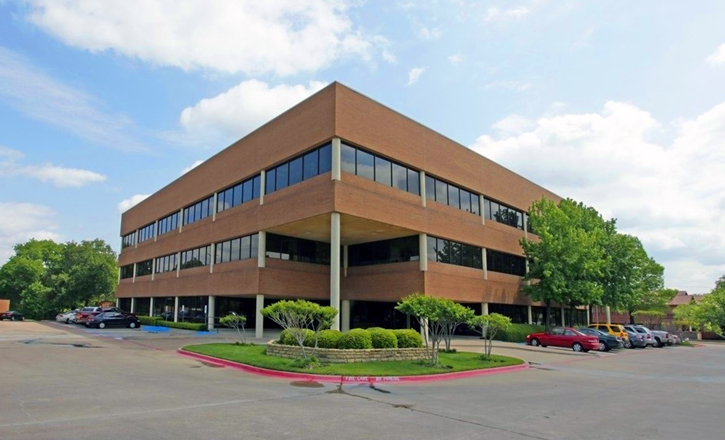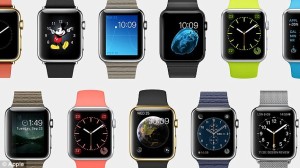Apple has finally released its anticipated wearable, The Apple Watch, and aims to bridge accessibility to your iPhone just like Android and its myriad of different watches available that are optimized for their phones. The Apple Watch will be available in aluminum, stainless steel, and 18-karat gold with little difference in style.
Apple’s decision to debut their smartwatch could not have come at a better time, as they have just released their new iPhone 6 model. Accessibility will be encouraged through their smartwatch, but at a steep purchasing price starting at about $350, compared to Samsung’s $199 Gear Live and Moto 360’s $249 prices, but Apple users get what they pay for in accessibility, style, and status.
The most highly anticipated functionality that Apple has offered Apple Pay as a service is the ability to utilize Touch ID to make card payments in-store and in-applications as secure as possible. Touch ID has the ability to retain your fingerprint’s mathematical representation and is secured with your passcode through the Secure Enclave, which is not a part of iOS or stored in a cloud server, and Touch ID can be disabled or cleared of data with the Find My iPhone functionality.
As a developer, I’m eager to see how receptive this new wearable and Apple Pay will be to both consumers and retailers, since it only works with 2.4% of the near 9 million merchants that accept credit or debit in the US alone.
George Wallner, co-founder and CTO of LoopPay, an Apple Pay competitor that uses existing point-of-sale infrastructure for mobile payments, predicts a slow acceptance of Apple Pay, and other NFC-dependent services like Softcard and Google Wallet. While Wallner was impressed by Apple’s demonstration, he says it will take more than the promise of Apple compatibility to get merchants to change their ways, especially when the status quo works just fine. “It’s not an easy change,” says Wallner. “It is a long, drawn-out, careful, extensive process. It can take six to eight months to even certify a new system. Retailers look at the bottom line, and they see nobody is offering a financial incentive for them to change.” According to the LoopPay founder, even increased fraud liability may not be costly enough to spur a jump in NFC adoption.
The need for new applications on this platform is apparent, and the newfound freedom of choice of wearables and integration with consumers’ existing devices will surely drive accessibility and I think that it’s only a matter of time before retailers are actively participating in this new future of commerce.


